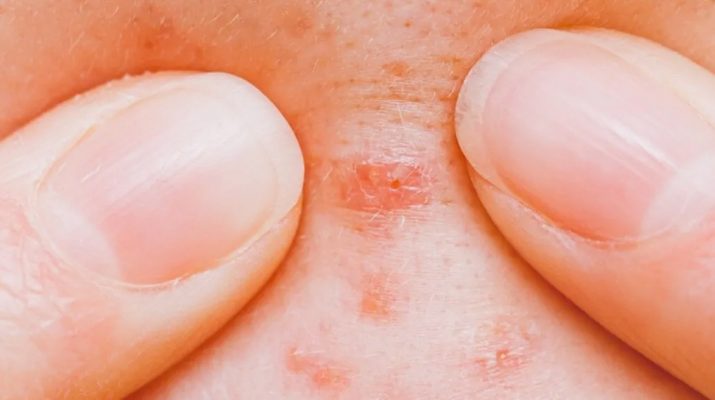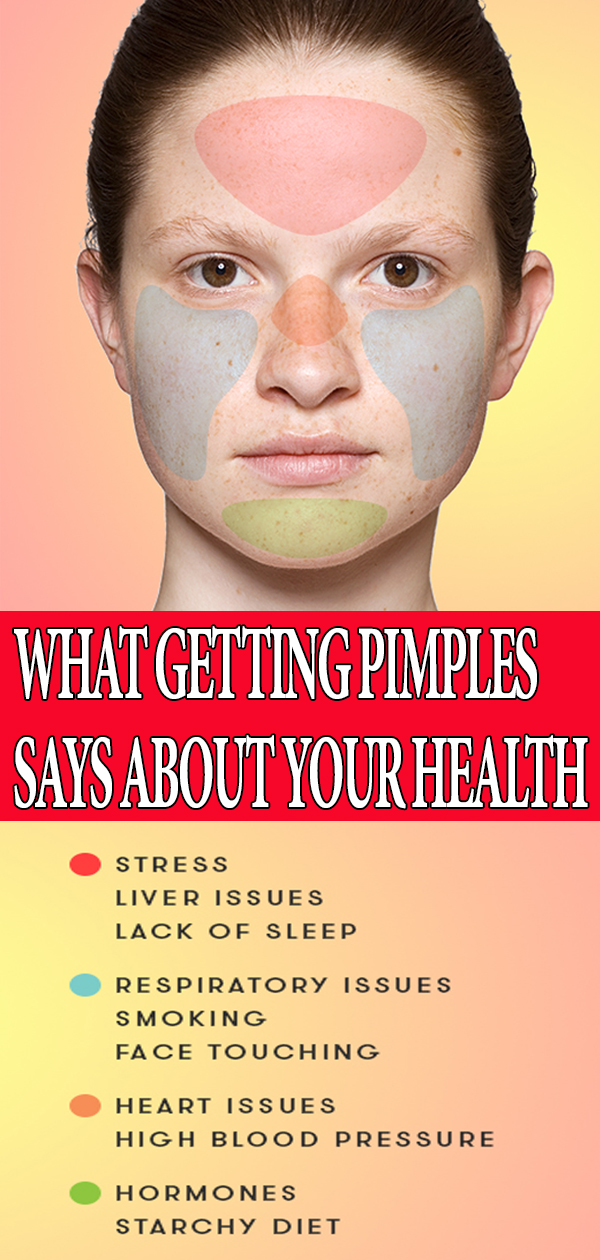As you’ve probably heard us say before, your skin (including fingernails and hair) is a reflection of your health. Well, according to a technique called ‘face mapping,’ various areas of the face reflect the health status of various internal organs.
“Face mapping is the ability to see the reflection of the body’s organs on each part of the face by observing the face’s complexion — such as luster, dullness, and color— as well as the tongue and face expression,” explains Chinese scholar and co-founder of the skincare line Baszicare Chapman Lee.
The practice of face mapping dates back several thousands of years, and is the product of (mainly) Chinese and Indian medical practitioners. The concept of face mapping has slightly evolved to include newer dermatological findings; though the central idea remains the same: where you’re breaking out is a reflection of what’s going on in your body.
Here Is What The Six Areas Of Your Face – And The Presence Of Acne – Reveals About Your Health:
Cheeks
According to face mappers, your cheek area is associated with lung function.
Medical conditions such as bronchitis, chronic obstructive pulmonary disease (COPD), or some kind of respiratory failure, may present with acne around one or both cheeks. Heavy smokers are also more likely to develop skin problems around the cheek area.
Taking care of allergies and avoiding smoking are two ways to clear up this area of the face.
Chin And Mouth
The chin and mouth are related to the upper gastrointestinal tract. Skin problems in this area may be due to poor eating habits, e.g., overconsuming fast foods and processed foods. To keep breakouts from occurring in this area, consider eating a natural, fresh-foods-only diet. Also, make sure to get plenty of fiber, which helps ease digestion.
The chin area is associated with the kidneys – which contain the byproducts of metabolism – and the urinary tract (bladder, ureters, and urethra.) PMS symptoms often cause inflammation of the skin around the chin area, as well. Reducing your stress and toxins exposure is paramount to clearing up problems around these areas.
Forehead: Lower
Ancient schools of Chinese and Indian medicine taught that the lower forehead is connected to your mind and spirit. The surfacing of acne, pimples, and other blemishes may be due to prolonged bouts of anxiety and stress.
The area around your eyebrows is indicative of liver health. As such, acne here may indicate that you ingest too many harmful toxins (e.g., alcohol, fast food, nicotine.) Preventing acne requires elimination or moderation of toxin exposure and a fresh, low-fat diet.
Forehead: Upper
The area where your hairline begins and ends is the upper part of the forehead. Chinese and Indian medicine practitioners believe that this area is linked to the lower intestines, or lower gastrointestinal (GI) tract. Acne in this area may indicate problems with digestion.
Rectifying skin issues around the upper forehead requires the consumption of plenty of antioxidants (berries, green tea, lemon water, etc.). Also, make sure to eat foods that are rich in dietary fiber (artichokes, peas, beans, lentils).
Nose
Skin areas around the nose can often be linked with the lungs and respiratory system. Also, oily skin and dehydration in this area may lead to blackheads and pimples.
Cardiovascular problems are also linked to skin health around this area. Try to limit your exposure to stress – and see if blemishes around your beak clear up (who knows, right?!)
Other ways to avoid breakouts around the nose is to eat a healthy, natural diet with plenty of fruits and vegetables. Make sure to wash your face using the appropriate type of wash for your skin type (and sensitivity.)
What Healthy Things Can You Do If You Have Pimples Now And Want To Get Rid Of Them?
Check out this little infographic and click through to read more natural ways to get rid of acne!


